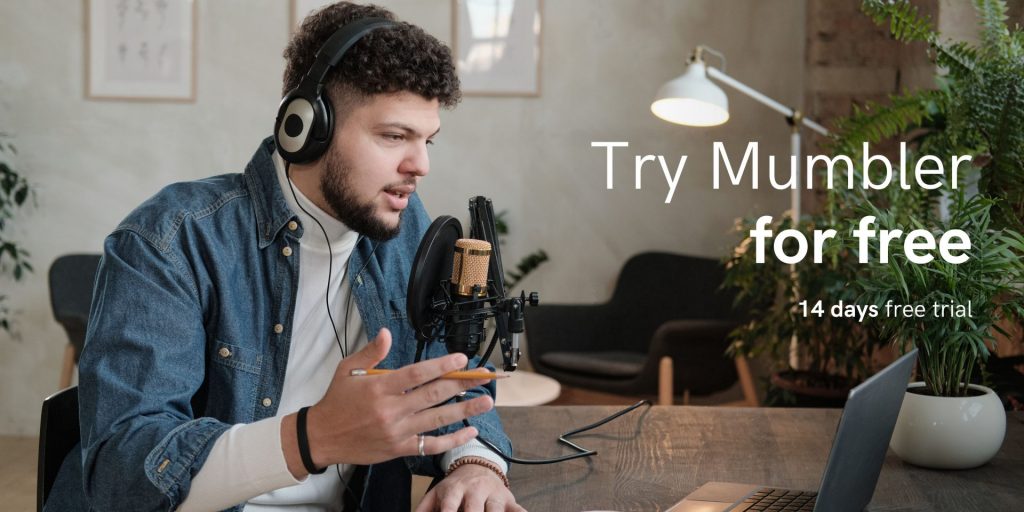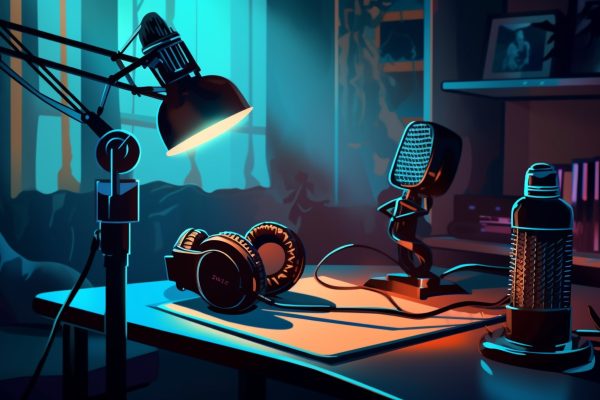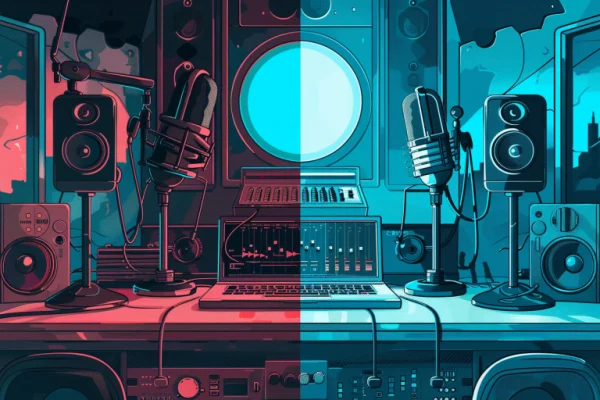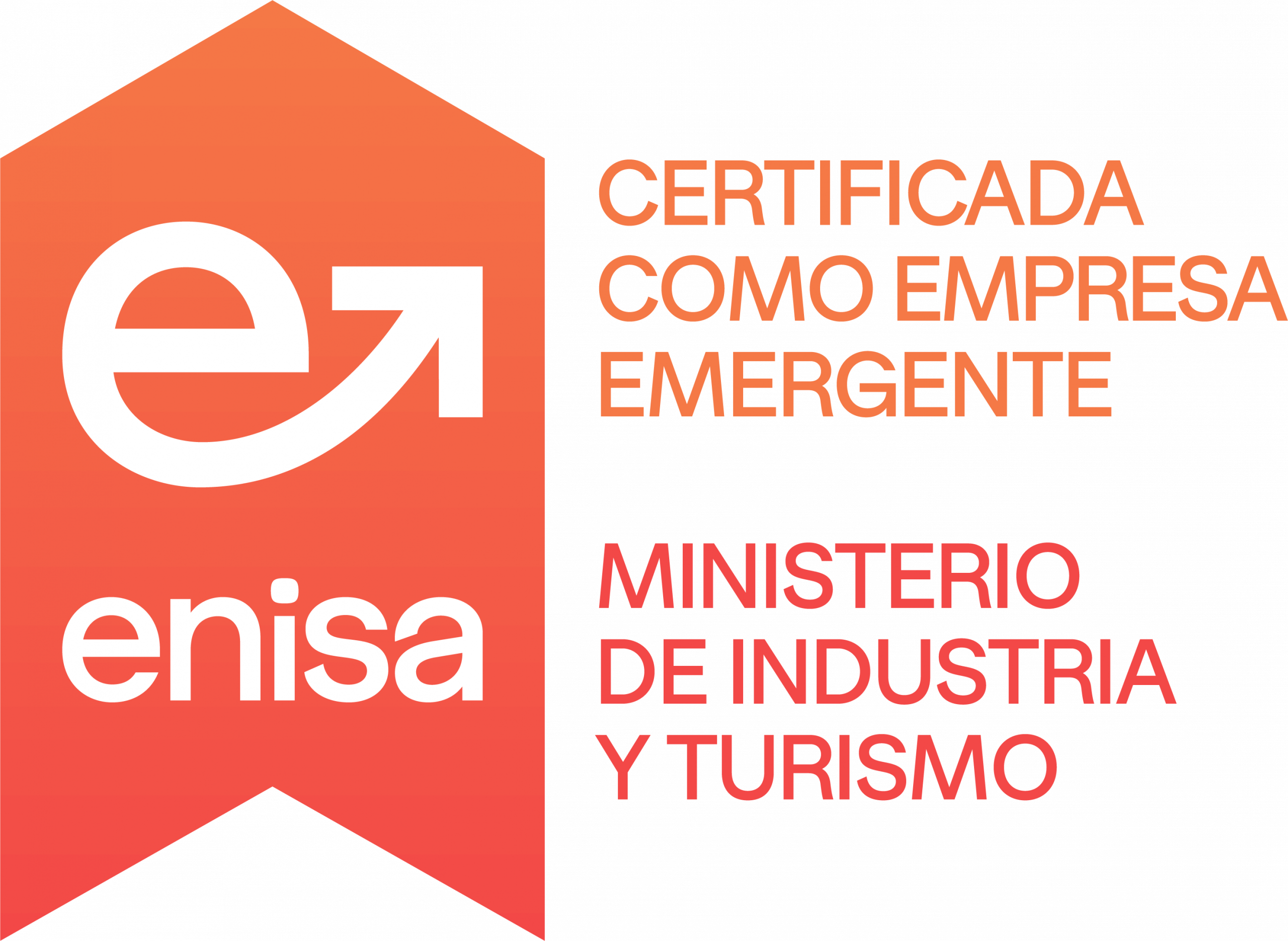The phenomenon of podcasts has experienced significant growth, becoming a popular platform for sharing ideas, stories, and knowledge.
Uno de los aspectos más interesantes de esta tendencia es la posibilidad de grabar un podcast de calidad desde casa. Este cambio en la dinámica de producción ha democratizado el medio y permite que cualquier persona con una idea y los recursos adecuados pueda lanzar su propio programa.
The popularity of recording sound from home
The ease of access to quality recording equipment, combined with accessible distribution platforms, has led to a surge in homemade podcast production. The idea of being able to communicate with a global audience from the living room or an improvised studio brought forth a diverse range of creators, from experts in specific topics to storytelling enthusiasts.
Sound quality matters
Despite the accessibility of home recording, sound quality and production remain fundamental elements for a podcast's success. Listeners value audio clarity, the absence of disruptive noises, and a professional production that maintains their interest.
Therefore, even when recording from home, it is crucial to invest in the right equipment and follow practices that enhance sound quality to offer a satisfying auditory experience.
Creating a high-quality podcast from home not only requires passion and knowledge about a specific topic but also a basic understanding of the importance of sound quality and production.
To achieve this, let's review the essential components, recommended practices, and strategies for recording a successful podcast from the comfort of your home.
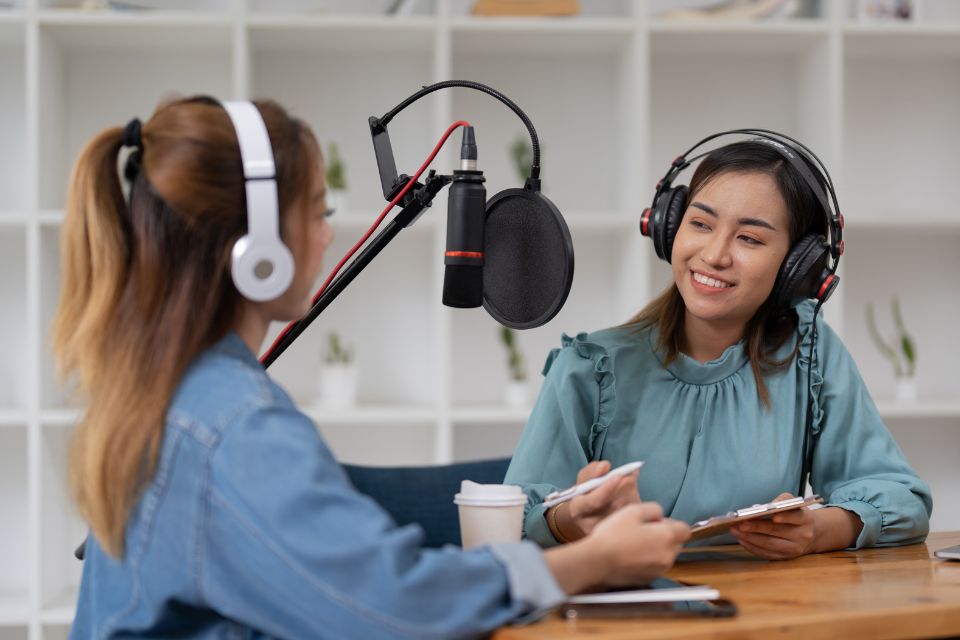
Essential recording equipment
The equipment used to record a podcast from home plays a crucial role in the final quality of the product. Although there are different levels of equipment, some elements are key to ensuring professional-quality audio..
Detailed description of necessary basic equipment
Quality microphone: This is the most important component. A microphone with good sensitivity and audio clarity is essential for capturing crisp voices and eliminating unwanted noises.
Headphones: These are essential for monitoring the audio while recording. They help identify sound issues and adjust audio quality in real-time.
Audio interface: Connects the microphone and headphones to the computer, allowing you to adjust sound levels and ensure a stable, high-quality connection.
Microphone stand: Proper support for the microphone is essential to keep it stable and at the right height, helping to prevent unwanted noises and improve comfort during recording.
Tips for choosing the right equipment
The choice of equipment depends on the budget and specific podcast needs. For those on a tight budget, there are entry-level microphones and equipment that can provide decent results. However, those with higher aspirations may opt for more advanced equipment that offers superior audio quality.
Researching and comparing different brands and models before making a decision is crucial. Reading reviews, watching demonstrations, and considering the opinions of podcasting experts can help make an informed choice.
Additionally, considering aspects such as versatility, durability, and compatibility with other devices is crucial when selecting recording equipment. Ultimately, the goal is to acquire equipment that meets the specific podcast's needs and contributes to producing high-quality audio.
The essential recording equipment sets the foundation for a successful podcast. Through careful selection and understanding of the podcast's individual needs, one can ensure equipment that enhances the final product's quality and provides a satisfying auditory experience for listeners.
Importantly, you don't need to invest a large amount of money to start. You can get very good microphones for very little money and upgrade equipment as your podcasting venture grows.
Recording and editing software
Choosing the right software for recording and editing a podcast is as crucial as the equipment used to capture the audio. The software not only facilitates recording but also provides tools to enhance sound quality and produce a polished, engaging final product.
List and comparison of different audio recording and editing programs
Audacity: This is a popular free option offering basic audio editing tools, ideal for beginners or those with a limited budget.
Adobe Audition: It's a more advanced option with a wide range of editing and mixing features, suitable for creators seeking greater versatility and control.
GarageBand: Available for Mac users, it's an intuitive and powerful option for recording and editing audio, particularly suitable for those new to audio editing.
These programs vary in terms of features, required skill level, and cost. The choice of software will depend on the user's familiarity with the interface, the complexity of required functions, and the platform being used.
Guide on how to choose the most suitable software
When selecting software, it's crucial to consider previous experience with similar programs, ease of use, and the learning curve. Beginners in audio editing might find simpler programs like Audacity or GarageBand more user-friendly, while professionals may prefer the versatility and advanced features of programs like Adobe Audition.
Compatibility with the equipment, availability of updates, and technical support are also important factors to consider when choosing software.
It's essential to explore available options, try out trial versions if available, and seek tutorials and user reviews to make an informed decision. Choosing the right software can make a difference in the quality and final polish of a podcast.
Once again, to start, choose software with a shallower learning curve that meets your minimum requirements.
It's about starting simply and improving as you grow.
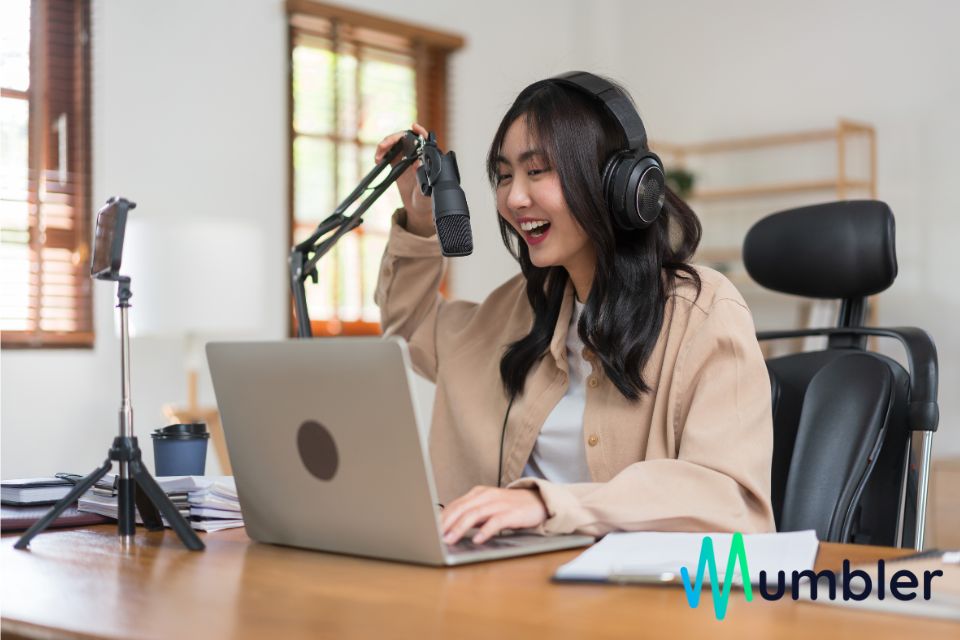
Acoustic conditioning of the recording space
The recording environment plays a crucial role in the sound quality of a podcast. Even when recording at home, it's possible to enhance the acoustic qualities of the space for cleaner and more professional audio.
Tips to improve the acoustics of a room at home
- Acoustic panels: Placing absorbent panels on the walls can reduce reverberation and unwanted echoes in the recording room.
- Curtains and rugs: Using heavy curtains and rugs on the floor can help absorb sounds and minimize sound reflection on hard surfaces.
- Enclosed spaces and noise reduction: Choose a quiet recording location, away from external noise sources like busy streets, noisy appliances, or other distractions.
- Furniture... Lots of furniture: If you don't have the budget for major renovations, choose the room with the most furniture. Shelves, bookcases, artwork, etc., all help reduce sound reflections and improve recording quality.
Strategies to minimize background noise and reverberation
- Gain adjustments: Configure microphone input levels and audio interface to minimize the capture of unwanted ambient noises.
- Use of filters and audio processing: Some audio editing programs offer tools to reduce background noise and improve sound quality using filters and noise elimination processes.
Optimizing the recording environment is essential to achieve a clear and professional audio quality. Although transforming a household room into an isolated recording studio might not be feasible, following these tips can make a significant difference in the final audio quality of the podcast.
Preparation and recording practices
Before starting the podcast recording from home, it's crucial to adequately prepare and follow practices that contribute to maintaining consistent audio quality throughout the recording session.
Instructions on how to prepare for recording
- Equipment setup: Ensure all components are properly connected and functioning correctly. Conduct sound tests to adjust levels and ensure everything is ready before starting.
- Proper setting: Adjust the lighting and temperature of the recording space to create a comfortable and conducive environment for concentration.
Techniques to maintain consistent audio quality
- Microphone placement: Position the microphone at an appropriate distance and maintain a consistent position to ensure uniform sound quality.
- Avoiding interruptions: Minimize interruptions during recording, such as external sounds, electronic device notifications, or unexpected disruptions.
- Editing and reviewing: Conduct a post-recording review to correct any potential errors and edit the audio using software tailored to your needs.
Meticulous preparation before recording and implementing consistent practices during the session are crucial to maintaining optimal audio quality in a podcast recorded from home. These steps will help minimize potential issues during recording and contribute to a more professional final result.
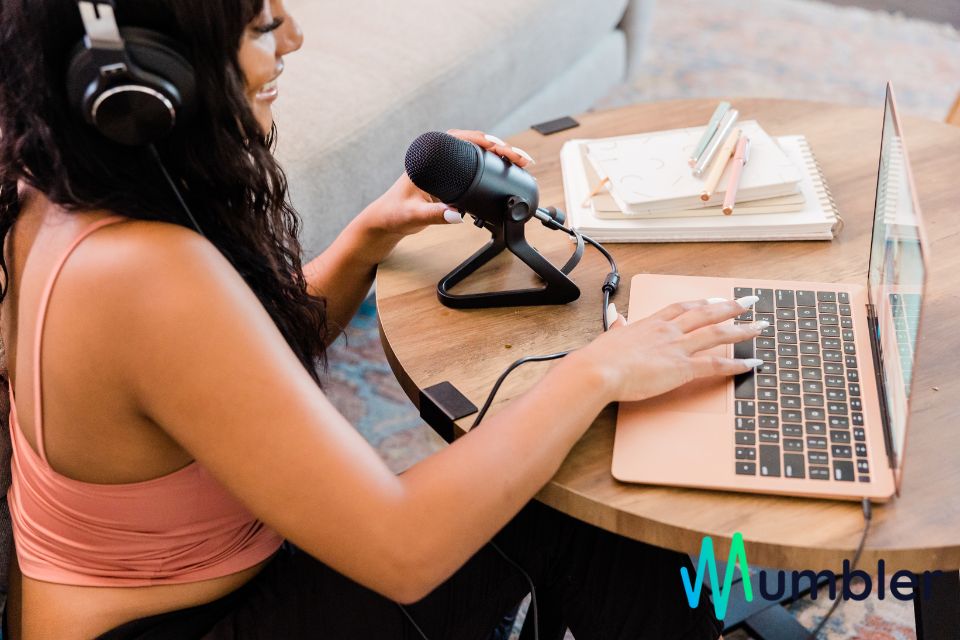
Tips for creating engaging content
In addition to technical quality, crafting interesting and engaging content is crucial to keeping listeners engaged and building a follower base for your home-based podcast.
Suggestions on how to develop compelling and interesting content
- Podcast structure: Define a clear structure for each episode with an attractive introduction, topic development, and a solid conclusion.
- Audience interaction: Encourage audience participation through interactive segments, audience questions, or inviting listeners to send in comments and inquiries.
- Consistency in publishing: Establish a regular publishing schedule to keep your audience engaged and create anticipation for new episodes.
Maintaining coherence and relevance
- Topic and focus: Maintain a clear and consistent focus around the central theme of your podcast to attract a specific audience.
- Research and preparation: Conduct thorough research and prepare content in advance to provide accurate and relevant information to your listeners.
- Variety and creativity: Experiment with different formats, guests, or creative elements to sustain listeners' interest over time.
Compelling and well-structured content is key to retaining your audience and attracting new listeners to your podcast. By offering substantial value and keeping your content fresh, you can build a dedicated community around your home-produced show.
Promotion and distribution of your podcast
Once you've created a quality podcast from home, effective promotion and distribution are crucial to reaching a wider audience and increasing its visibility.
Strategies to promote the podcast and expand its reach
- Use of social media: Utilize platforms like Twitter, Facebook, Instagram, and LinkedIn to share clips, news, and promotions related to your podcast.
- Collaborations and interviews: Collaborate with other content creators or participate in interviews on other podcasts to expand your exposure to new audiences.
- Optimization on distribution platforms: Ensure an attractive description and relevant tags on the platforms hosting your podcast to enhance its visibility in searches.
Maximizing reach and audience interaction
- Encourage participation: Incentivize listeners to share and comment on the podcast in designated comment and debate spaces.
- Utilize newsletters and blogs: Keep your audience informed about new episodes, news, or podcast-related events through newsletters and blog posts.
- Metrics analysis: Track podcast metrics like downloads, listening time, and listener feedback to better understand your audience and adjust promotion strategies.
Strategic promotion and effective distribution are essential to reaching a wider audience and growing your listener base. By implementing a mix of marketing strategies and maintaining active engagement with your audience, you can increase the visibility and impact of your home-based podcast.
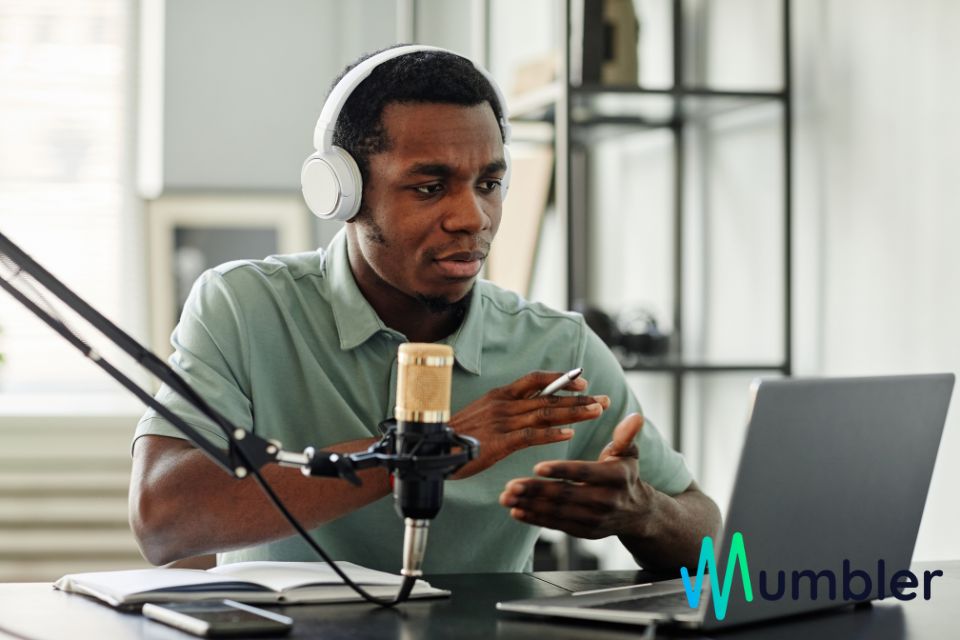
Take your home-based podcast to the next level
The podcast revolution has democratized the production of auditory content, enabling unique and captivating voices to reach global audiences' ears from the comfort of home.
The increasing popularity of home-based podcasts is partly due to the accessibility of equipment and the ease of distributing them across various online platforms. However, beyond the availability of tools, sound quality and production remain fundamental in attracting and retaining an engaged audience.
Choosing the right equipment and implementing techniques to improve the acoustics of the recording space, along with creating compelling content and effectively disseminating it, are crucial to achieving your goals.
Launching your own podcast is more than just broadcasting words into the air; it's an opportunity to connect with audiences who share your interests and passions.
And speaking of launching, take advantage of this moment to launch your podcast on Mumbler..
It's time to make your mark in the world of podcasting!
Dare to tell your story, share your knowledge, or be a voice that inspires.
About the author
Content Manager at Mumbler.
Podcaster and content creator.
Passionate about communication and a fan of the WordPress community.
I talk about movies and series on Babel Infinito.
I talk about podcasting on Todo por Un Podcast.

